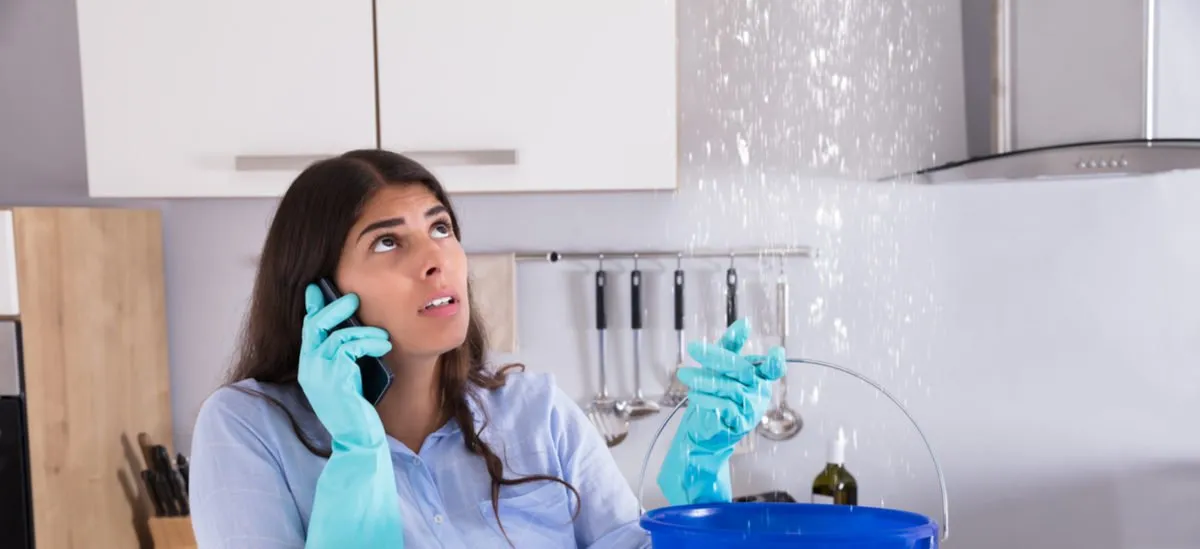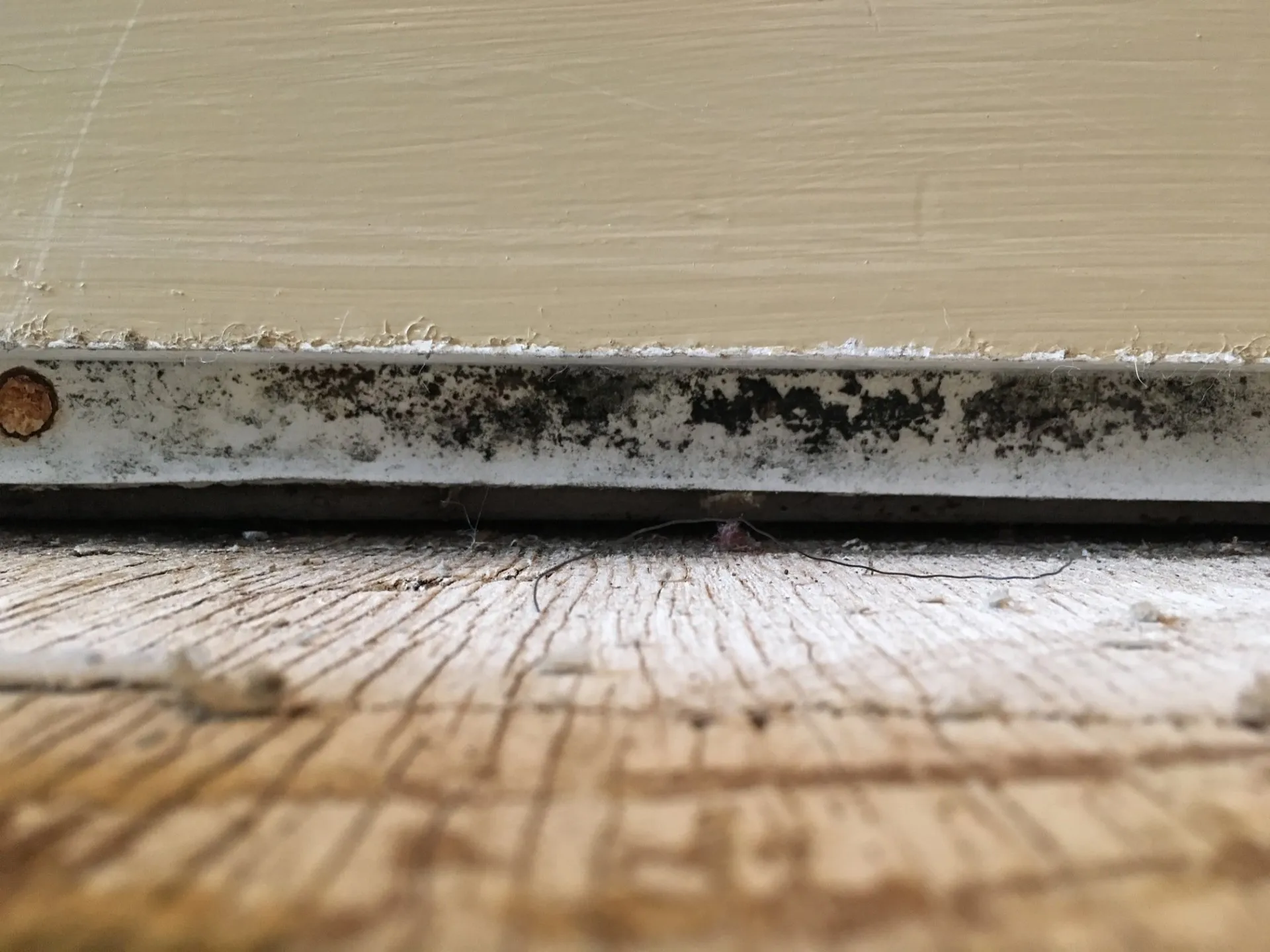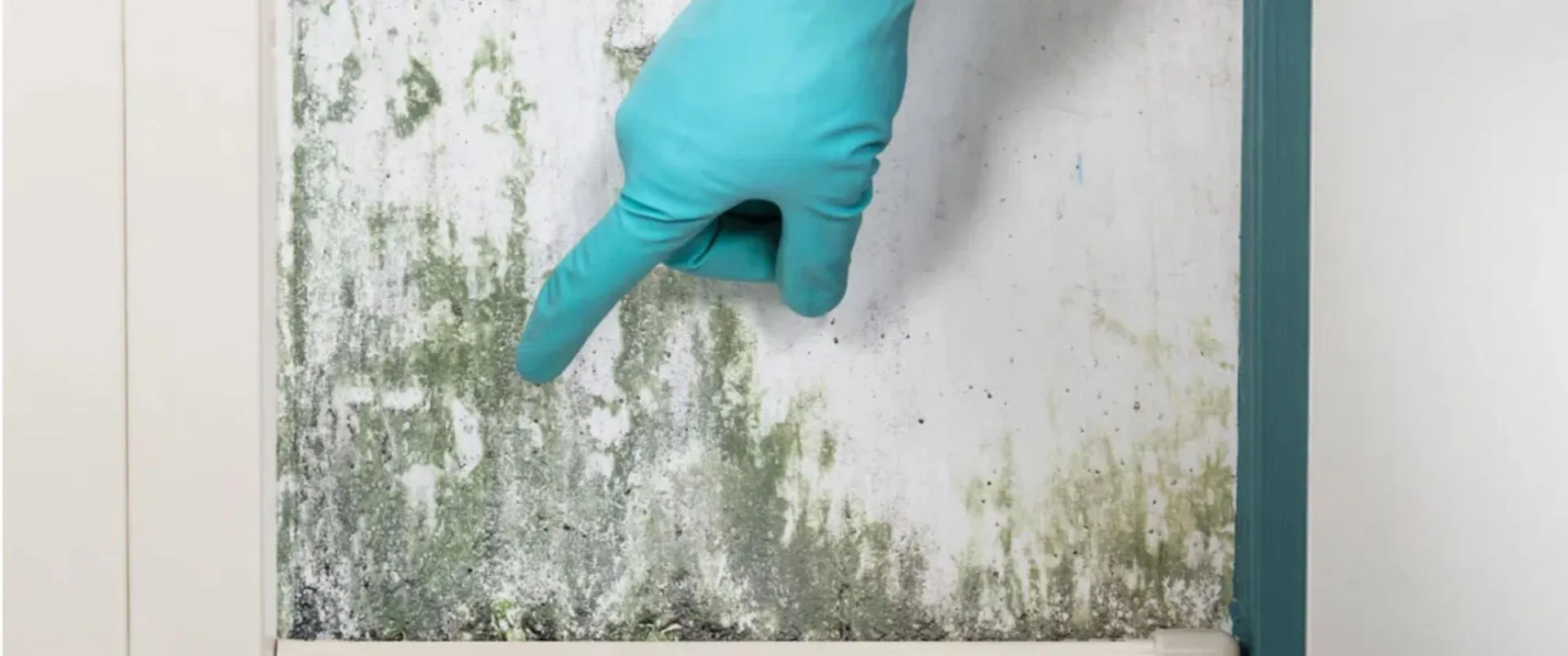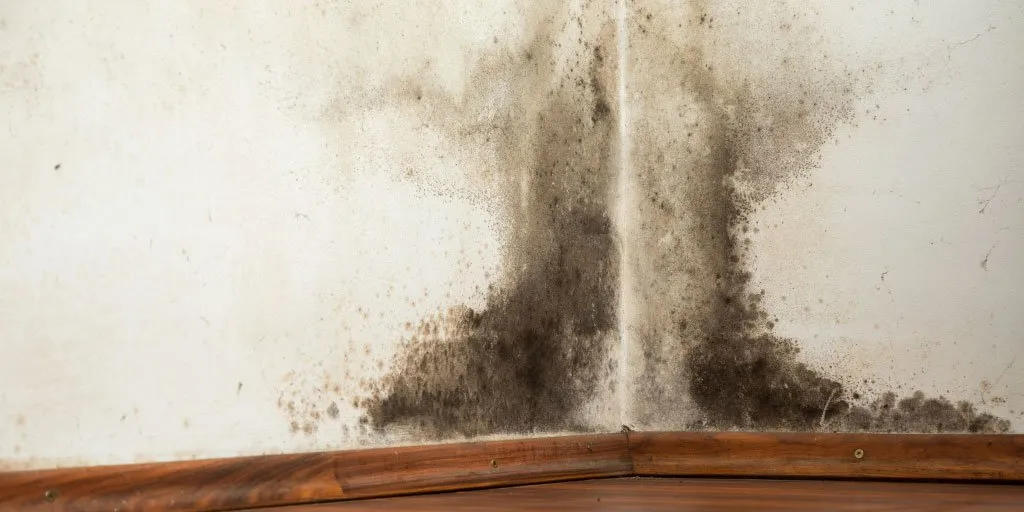
w Leaks
Mold & Water Damage From A Slow Leak
As previously stated, constant dripping from a slow leak can build up over time, leading to severe water damage, diminished structural integrity, and widespread mold development. Unfortunately, many slow leaks are difficult to identify until after it has done significant damage. This is why it is important for Kansas homeowners to be able to recognize the signs of water damage that could lead you to the discovery of a slow leak. Homeowners should be educating themselves on how to identify water damage, as well as how to manage mold development & structural damage that stems from the aftermath of a slow leak. Early detection & intervention is the best way to ensure that damage is minimized as much as possible, avoiding costly repairs & extensive damage to your home. Should you discover a slow leak, extensive water damage or severe mold growth in your home, it’s important that you consult a local professional mold remediation & inspection company in your Kansas area to assess the damage.
Signs Of Slow Leakage In Your Home
Homeowners in Kansas understand that accidents happen. That’s why it’s so important to understand how to deal with accidents should they occur, but also to know what you are looking for. Not all leaks are going to be visually obvious and easy to find, in fact, most probably won’t be. In its early stages, a slow leak could be very difficult to identify. The best way to combat hidden slow leaks is by being aware of signs that indicate that a leak has occurred. Incorporating routine checks throughout your home as part of your regular maintenance routine can help you to stay aware of any potential leaks that could be taking place within the property. To make things easier for yourself, start with the obvious areas. Behind or underneath sinks & toilets, behind cabinets, and anywhere that plumbing is accessible are great places to start when looking for slow leaks. Additionally, check for any signs of foundation damage or cracks that could be allowing for water intrusion. Here are some more signs of slow leaks to keep an eye out for:
- Peeling, bubbling or lifting of wall finishes (wallpaper, paint, etc.)
- Staining or discoloration on porous building materials
- Musty, unidentified odor
- Floor effects
- Sagging or swelling walls & ceilings
- Visible mold growth on walls & ceilings
Mold Removal Following Slow Leakage
If you’ve recently discovered a prolonged slow leak in your Kansas home, your property may be left with severe water damage, diminished structural integrity & mold development. Contact a local mold remediation company in your Kansas area to assess the damage, identify the source of the leak, & determine the level of mold contamination. Don’t hesitate – early detection & intervention is key to preventing slow leaks from wreaking excessive havoc on your home.




